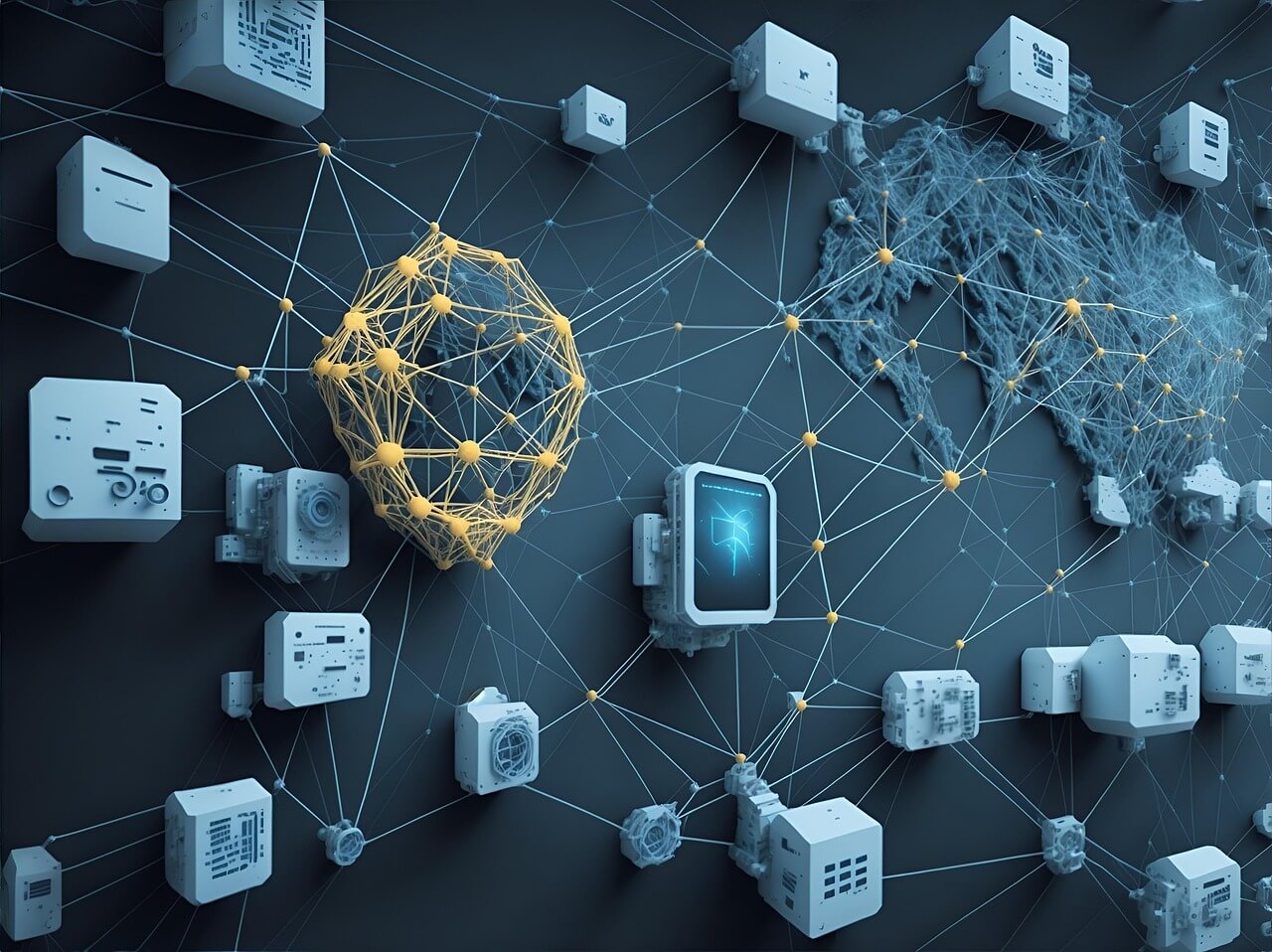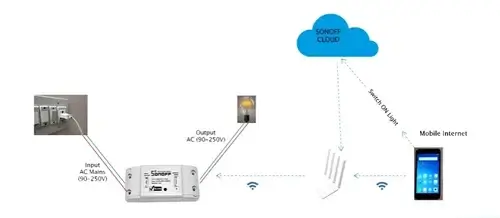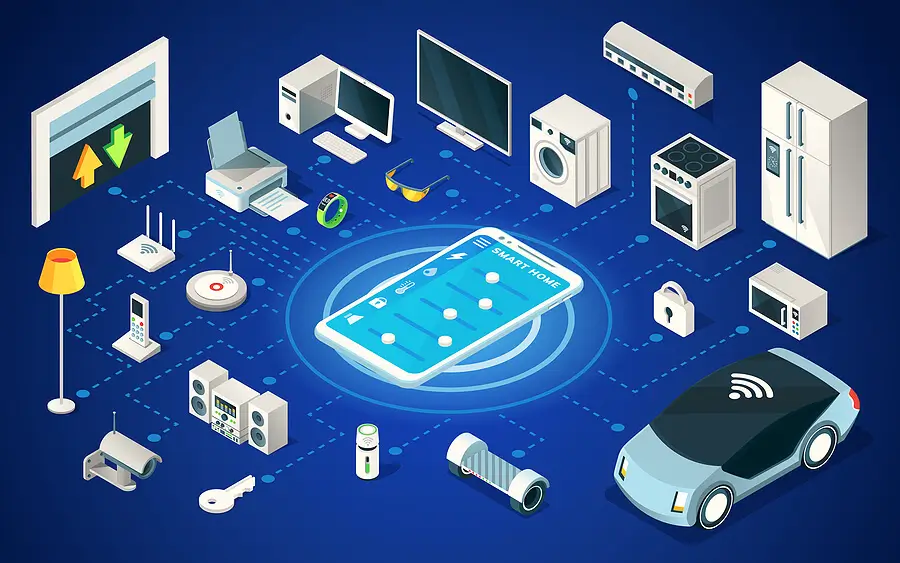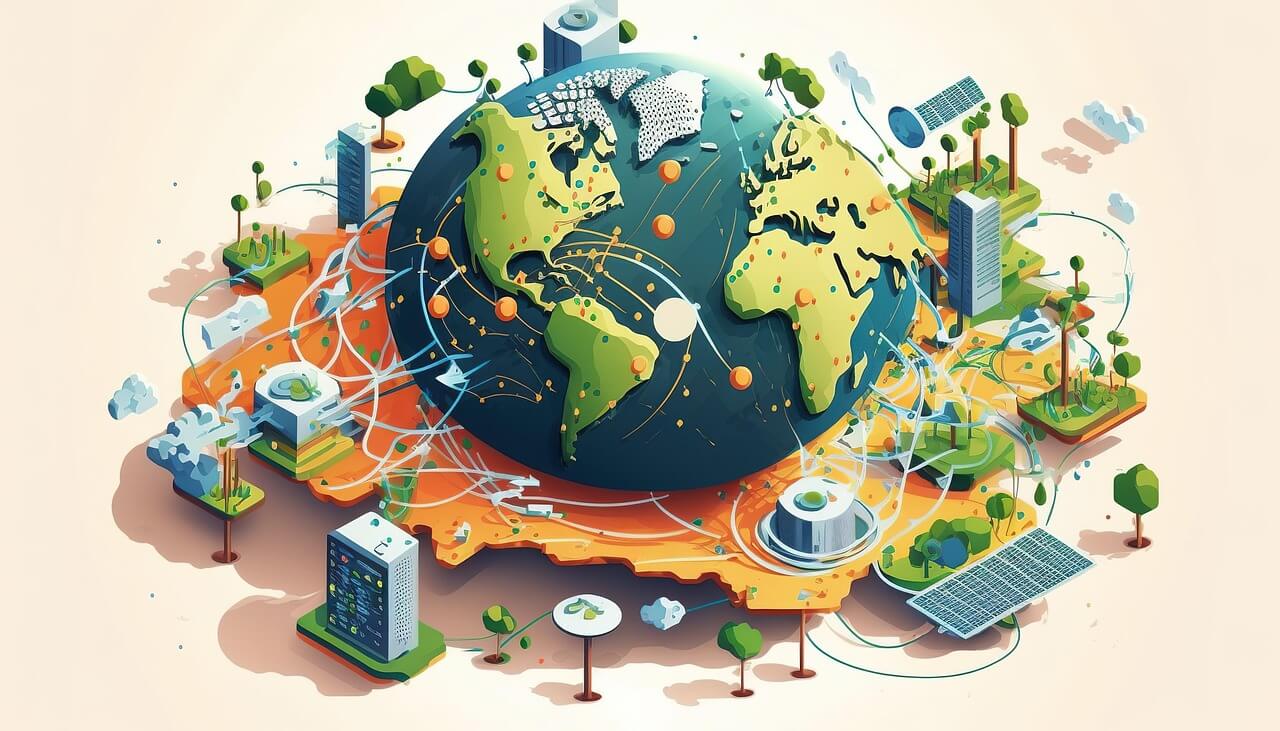The Internet of Things (IoT) may sound like a futuristic concept, but chances are, you're already using it every day without realizing it. From your fitness tracker to your smart TV, IoT is quietly working in the background—making your life more efficient, comfortable, and connected. But what exactly is IoT?
In this blog, we'll explain IoT in the simplest terms possible, break down how it works, and help you understand why it's so important in 2025 and beyond.
What is IoT? A Simple Definition
The Internet of Things (IoT) refers to a network of physical objects—"things"—that are connected to the internet and can collect, share, and act on data.
Think of it like this:
IoT = Devices + Internet + Data Sharing
These devices range from your smartwatch and fridge to industrial machines and traffic systems. Each one is equipped with sensors, software, or hardware that allow it to gather and send information online, often without any human involvement.
An Everyday Example of IoT
Imagine you have a smart thermostat at home:
- It senses the temperature.
- It connects to your home Wi-Fi.
- It adjusts heating or cooling automatically.
- You can control it remotely via your smartphone.
This is a classic IoT example: a regular device (thermostat) made "smart" through sensors, connectivity, and automation.
How IoT Works — Simple Breakdown
IoT might seem high-tech, but its working is actually pretty logical. Here's a breakdown in plain English:
1. Devices/Sensors
These are the things collecting data. For example:
- Your smartwatch tracks your heart rate.
- A soil sensor in a farm measures moisture.
2. Connectivity
The device sends data via:
- Wi-Fi
- Bluetooth
- 4G/5G
- Zigbee, LoRaWAN, or other low-power networks
3. Data Processing
This data is sent to a cloud platform or edge computer, which decides what to do next.
Example: If your smartwatch sees your heart rate spike, it may alert you to take a break.
4. User Interface or Action
You either:
- Get a notification (e.g., "You've hit 10,000 steps!")
- Or the system takes action automatically (e.g., turns on a fan)
That's it! IoT is about devices talking to each other, and sometimes to you, to make things smarter.
Common Devices That Use IoT
Here are just a few examples you might use daily:
| Device | Function |
|---|---|
| Smart Bulbs | Turn on/off via phone or schedule |
| Smartwatches | Monitor health and fitness |
| Smart TVs | Stream content and connect to other apps |
| Voice Assistants (Alexa, Siri) | Control devices via voice |
| Home Security Systems | Real-time alerts, video feeds |
Why IoT Is So Important in 2025
1. Efficiency and Automation
IoT saves time and effort. Whether it's automating your morning coffee or optimizing a factory's energy usage, it simplifies tasks.
2. Better Decision Making
Real-time data = better insights. Businesses use IoT to monitor supply chains, prevent equipment breakdowns, and understand customer behavior.
3. Cost Savings
In industries like agriculture, manufacturing, and logistics, IoT reduces waste and boosts productivity, which saves money.
4. Improved Quality of Life
From remote healthcare monitoring to smart wheelchairs, IoT is helping people live healthier, safer, and more independent lives.
Real-World IoT Applications Explained Simply
Let's simplify a few key sectors using IoT:
Smart Homes
- Control appliances from anywhere
- Set schedules (lights off at 11 PM)
- Get notified if a door is left open
Healthcare
- Wearables monitor patient vitals
- Emergency alerts to doctors
- Remote patient care reduces hospital visits
Agriculture
- Sensors check soil and weather
- Farmers know the perfect time to water or harvest
- Drones survey crop health
Smart Cities
- Traffic lights adapt in real-time
- Garbage bins send alerts when full
- Streetlights dim when no one's around to save energy
Retail
- Stores use sensors to track inventory
- Personalized discounts based on past behavior
- Smart shelves detect when items run out
Simple IoT Terminology You Should Know
| Term | Simple Meaning |
|---|---|
| Sensor | Device that collects data (like temperature or motion) |
| Actuator | Device that performs an action (like turning on a light) |
| Cloud | Online storage and processing space |
| Edge Computing | Processing data near where it's created |
| API | How different software and devices talk to each other |
| Firmware | Software embedded into devices (like in your router) |
Is IoT Safe?
Security is a concern with any connected device.
Risks
- Hackers can access poorly secured devices.
- Your data might be collected without clear consent.
Solutions
- Use strong, unique passwords
- Keep devices updated
- Buy from trusted brands
- Secure your Wi-Fi network
Manufacturers are becoming more privacy-aware and providing better encryption and user control options.
The Future of IoT in Simple Words
IoT is becoming more invisible but more powerful:
- Your car will talk to your home.
- Your fridge might suggest recipes based on what's inside.
- Your doctor could monitor your heart rate without a hospital visit.
With AI integration, devices will not only react—they'll predict and adapt.
Should You Learn About IoT in 2025?
Absolutely.
Whether you're a student, tech enthusiast, or business owner, understanding IoT can open up:
- New career paths (IoT developer, data analyst, etc.)
- Opportunities to build smarter systems
- Ways to improve everyday life
Final Thoughts: Understanding IoT Made Easy
The Internet of Things isn't some far-off, abstract idea. It's around us right now—in our homes, workplaces, vehicles, and even our farms.
In the simplest terms, IoT connects devices to the internet to make them smarter and more useful. Once you grasp that, the possibilities are endless.




